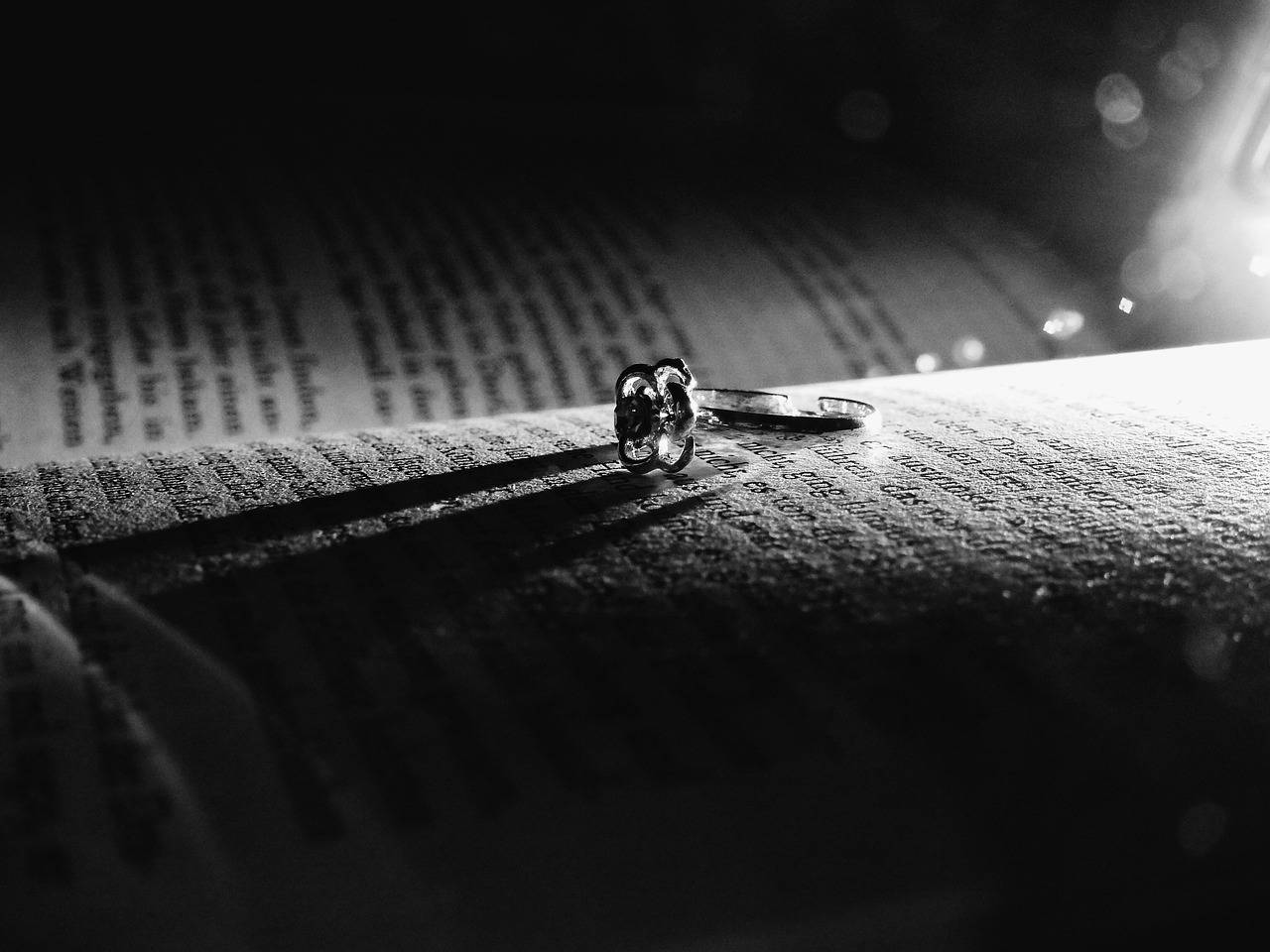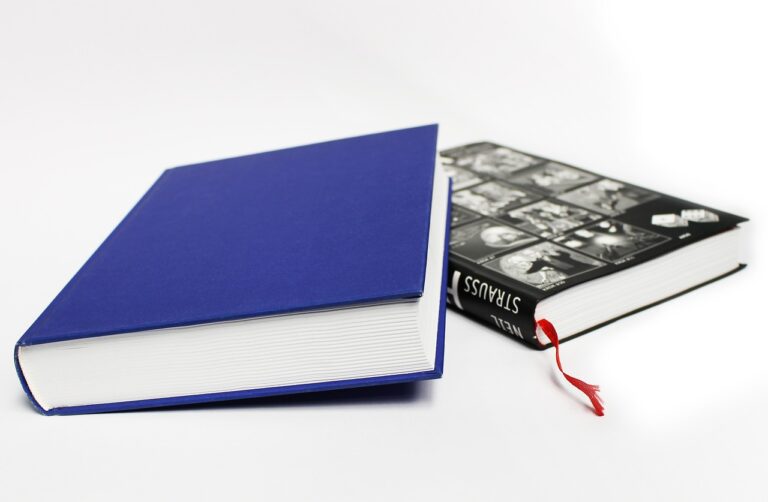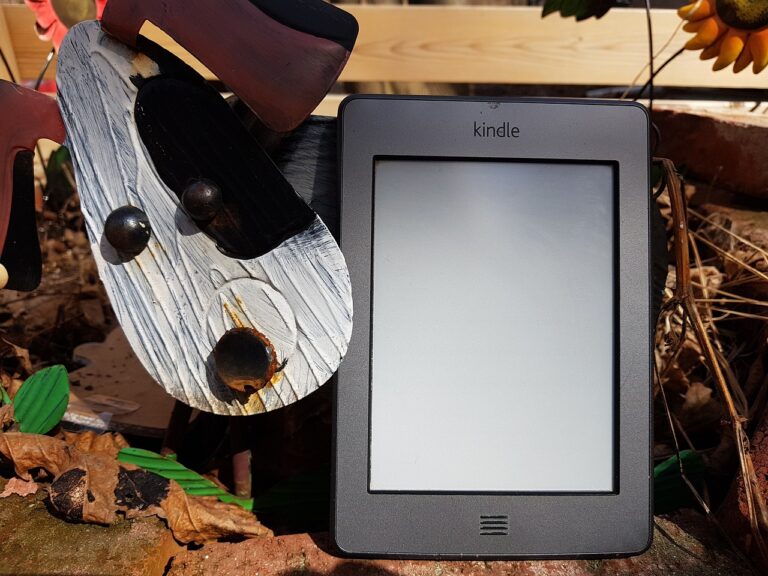Exploring the Role of Music and Movement in Early Childhood Development of Motor Skills: All pannel.com, Cricket bet99, Lotus365 vip login
all pannel.com, cricket bet99, lotus365 vip login: Exploring the Role of Music and Movement in Early Childhood Development of Motor Skills
Have you ever noticed how children are naturally drawn to music and movement? Whether it’s swaying to a catchy tune or jumping around to a beat, young kids seem to have an innate connection to rhythm and physical activity. And it turns out, this instinctive behavior plays a crucial role in the development of their motor skills.
Music and movement have long been recognized as powerful tools for early childhood development. From enhancing coordination and balance to promoting cognitive and emotional growth, engaging in activities that involve both music and movement can have a significant impact on a child’s overall development.
So, how exactly do music and movement contribute to the development of motor skills in young children? Let’s explore the role of these two elements in shaping the physical abilities of our little ones.
1. Coordination and Balance
Music and movement activities require children to coordinate their body movements with the rhythm and tempo of the music. Whether it’s clapping their hands, stomping their feet, or twirling around, these actions help improve their coordination and balance. By practicing different movements in sync with the music, children learn to control their bodies more effectively and develop a greater sense of balance.
2. Fine and Gross Motor Skills
Engaging in activities like playing musical instruments, dancing, or simply moving to the beat can help children refine their fine and gross motor skills. Fine motor skills involve the use of small muscles in the hands and fingers, while gross motor skills involve the larger muscle groups in the body. By incorporating music and movement into playtime, children can strengthen both types of motor skills, which are essential for tasks like writing, drawing, and playing sports.
3. Spatial Awareness
Music and movement activities often involve navigating physical space, whether it’s moving around a room or following a choreographed dance routine. These experiences help children develop spatial awareness, a crucial skill that allows them to understand their position in relation to objects and people around them. Improving spatial awareness can enhance a child’s ability to move through their environment with confidence and ease.
4. Cognitive Development
Music has been shown to have a positive impact on cognitive development in children. By listening to and engaging with music, kids can improve their memory, attention span, and problem-solving skills. When combined with movement, music becomes an even more potent tool for cognitive growth, as children have to coordinate both their bodies and minds to execute various movements in response to the music.
5. Emotional Regulation
Music and movement can also play a role in helping children regulate their emotions. Dancing or moving to music can be a fun and effective way for kids to release pent-up energy and express their feelings in a safe and constructive way. By engaging in rhythmic activities, children can learn to manage their emotions and develop healthy coping mechanisms for stress and anxiety.
6. Social Skills
Lastly, music and movement activities provide valuable opportunities for children to interact with their peers and engage in collaborative play. By dancing, singing, or making music together, kids learn to communicate, cooperate, and build relationships with others. These social interactions not only foster a sense of community but also help children develop essential social skills that will benefit them throughout their lives.
In conclusion, music and movement play a vital role in the early childhood development of motor skills. By incorporating these elements into playtime and structured activities, parents and educators can support children’s physical, cognitive, emotional, and social development in a fun and engaging way. So, next time you see a child grooving to the music or bouncing around the room, remember that they’re not just having funthey’re also building important skills that will serve them well in the years to come.
FAQs
Q: At what age should children start engaging in music and movement activities?
A: Children can start engaging in music and movement activities as early as infancy. Even newborns can benefit from listening to music and gentle movement exercises with their caregivers.
Q: Do children need to have formal music training to benefit from music and movement activities?
A: No, formal music training is not necessary for children to benefit from music and movement activities. The emphasis should be on providing a positive and engaging environment where kids can freely explore and express themselves through music and movement.
Q: How can parents and educators incorporate music and movement into daily routines?
A: Parents and educators can incorporate music and movement into daily routines by playing music during mealtimes, incorporating dance breaks into playtime, and encouraging children to engage in creative movement activities like yoga or improvisational dance.
Q: What are some simple music and movement activities parents can do with their children at home?
A: Parents can engage in simple music and movement activities with their children at home, such as singing along to nursery rhymes, playing musical instruments like shakers or drums, creating a dance routine to their favorite song, or holding a family dance party.
Q: How can music and movement support children with special needs in their motor skill development?
A: Music and movement can be especially beneficial for children with special needs, as these activities provide a multisensory and inclusive approach to learning and development. By adapting music and movement activities to suit individual needs and abilities, parents and educators can support children with special needs in their motor skill development.







